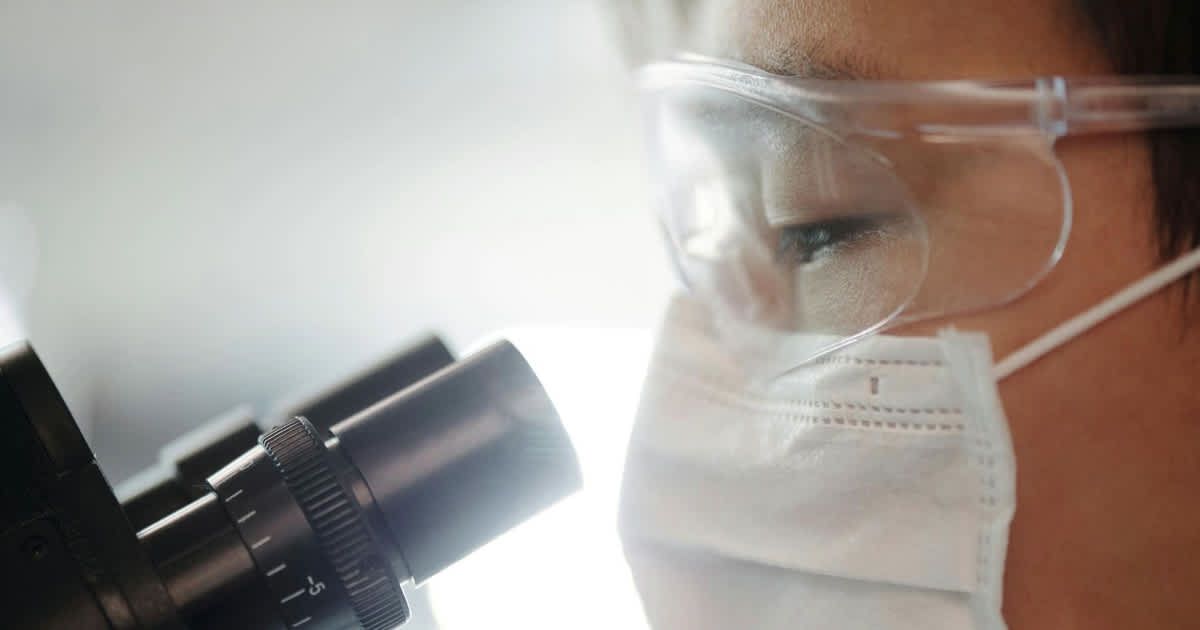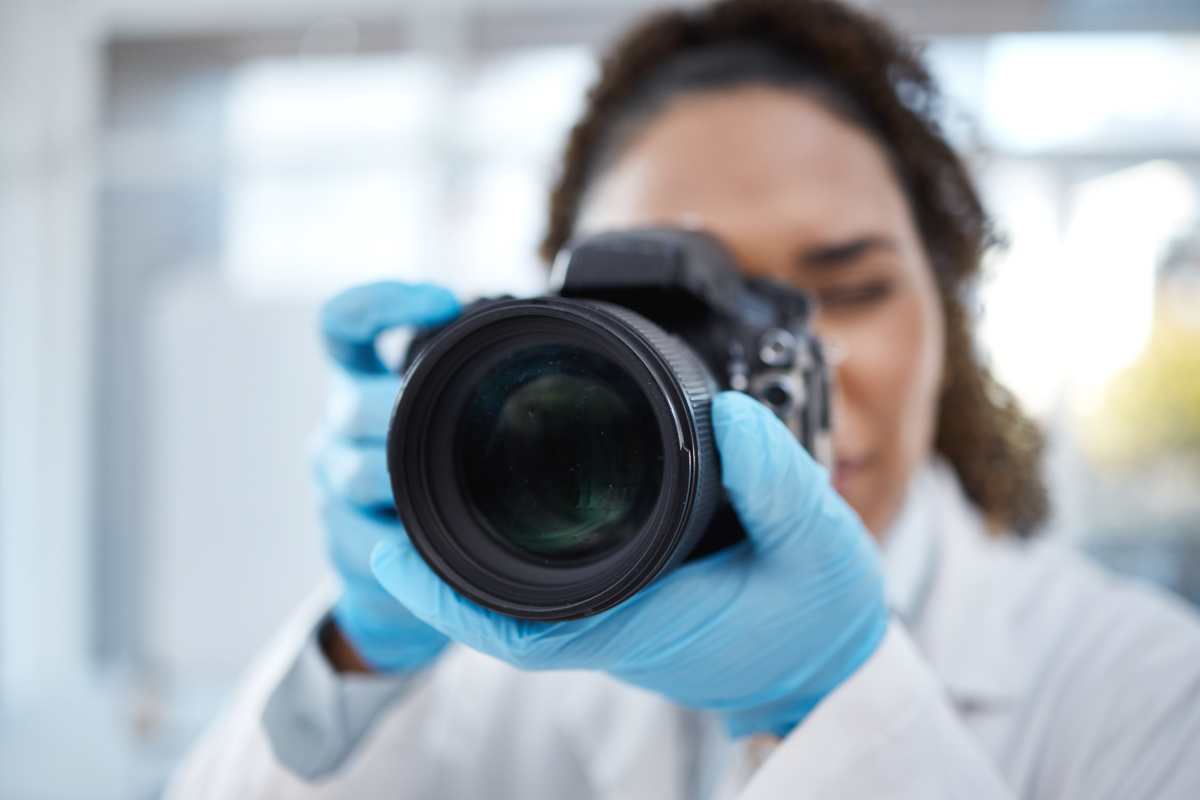Experts Recreate Mind-Bending Optical Illusion of Object Moving at Almost the Speed of Light

Some scientific experiments conducted by experts are so unique that they often astonish everyone witnessing them. These experiments even produce visuals or results that seem straight out of science fiction, pushing the boundaries of what we think is possible. Recently, after one such extensive experiment, physicists have captured a stunning and rare optical illusion of an object appearing to move at 99.9% the speed of light. Using advanced techniques, they came up with an image depicting how something traveling at the speed of light would actually look to a normal human eye. The result is both mind-bending and beautiful.

The researchers combined rapid laser pulses with high-speed gated cameras to show that, at almost the speed of light, a moving cube and sphere don’t look squashed; they seem twisted or rotated instead. The findings of the experiment were published in a study titled, ‘A snapshot of relativistic motion: visualizing the Terrell-Penrose effect.’ It was published by the journal Communications Physics. The above-mentioned phenomenon is known as the Terrell-Penrose effect, and it defies the long-held belief that fast-moving objects just compress along their direction of travel. In reality, as the light from various parts of the object reaches the viewer at slightly different moments, it creates the illusion that the object is rotated.
While earlier models have also tried to work with the illusion, this marks the first time it has been recreated and observed in a laboratory, as reported by Live Science. It is a very useful way to teach people about physics and show a natural phenomenon that can’t be directly observed in space. However, this research also faced its fair share of challenges. Since it’s nearly impossible to accelerate objects to near-light speeds, the team had to find clever ways to simulate the effect instead.

Dominik Hornof, a quantum physicist at Vienna University of Technology, and one of the co-authors of the study, explains that the faster an object moves, the heavier it effectively becomes, and near light speed, it takes much more energy to go faster. Therefore, it’s impossible to speed up a real cube to near light speed. So, the team mimicked the effect using a 1-meter cube, ultra-short laser pulses, and a high-speed camera. They took tiny slices of the cube as if it were moving at 80% the speed of light, moving it slightly between each shot. By combining all the slices, they created an image that looked realistic of a fast-moving cube.

Hornof said, "When you combine all the slices, the object looks like it's racing incredibly fast, even though it never moved at all. At the end of the day, it's just geometry." The same process was used while capturing the image of the sphere as well. Hornof further spoke about the unique experiment and said, "What I like most is the simplicity.” The expert added, “With the right idea, you can recreate relativistic effects in a small lab. It shows that even century-old predictions can be brought to life in a really intuitive way."
More on Green Matters
Was Albert Einstein Vegan? The True Story Behind the Genius' Much-Debated Diet
The 5 Best Electric Fireplaces To Give Your Home an Energy-Efficient Glow Up